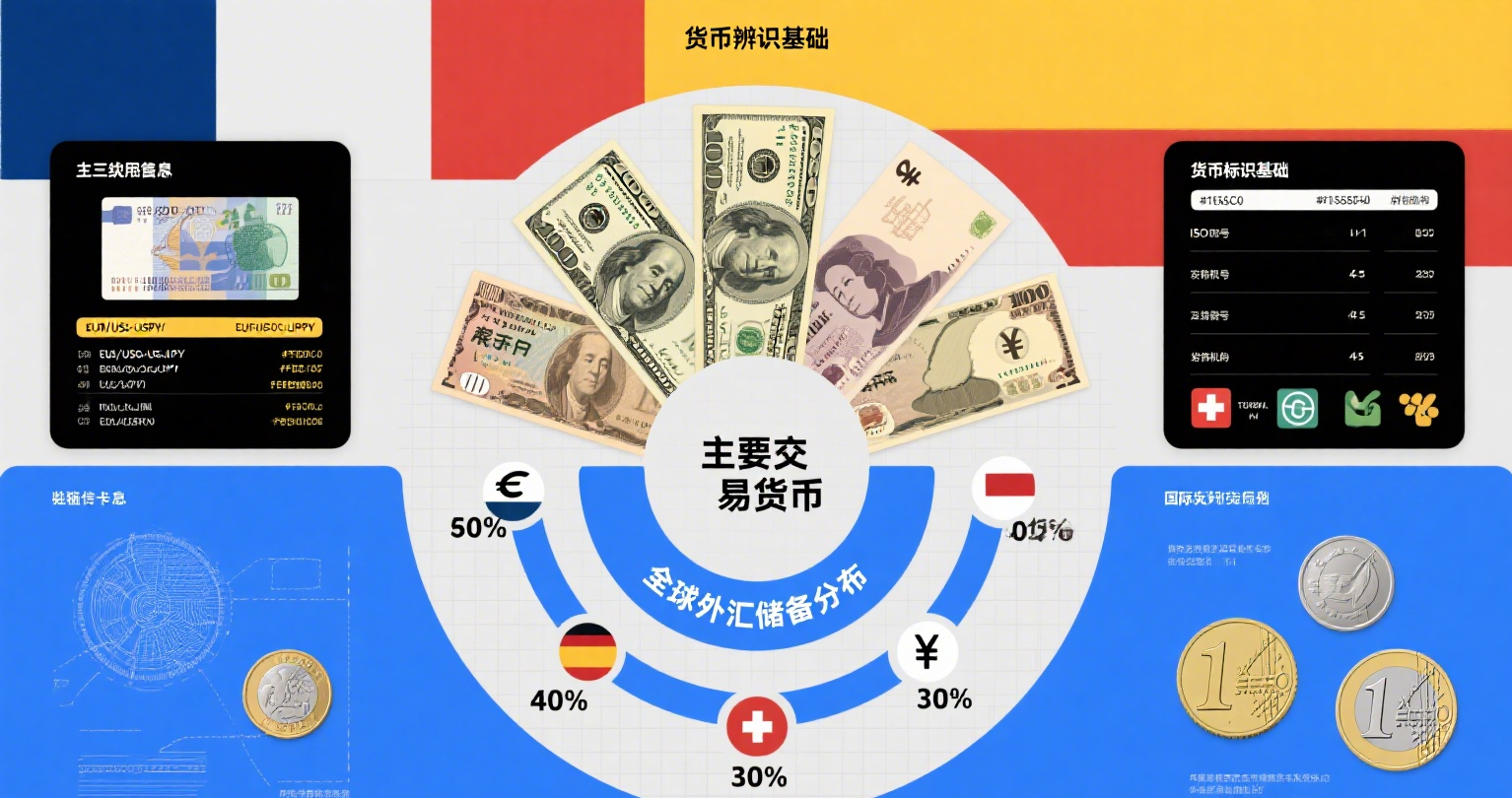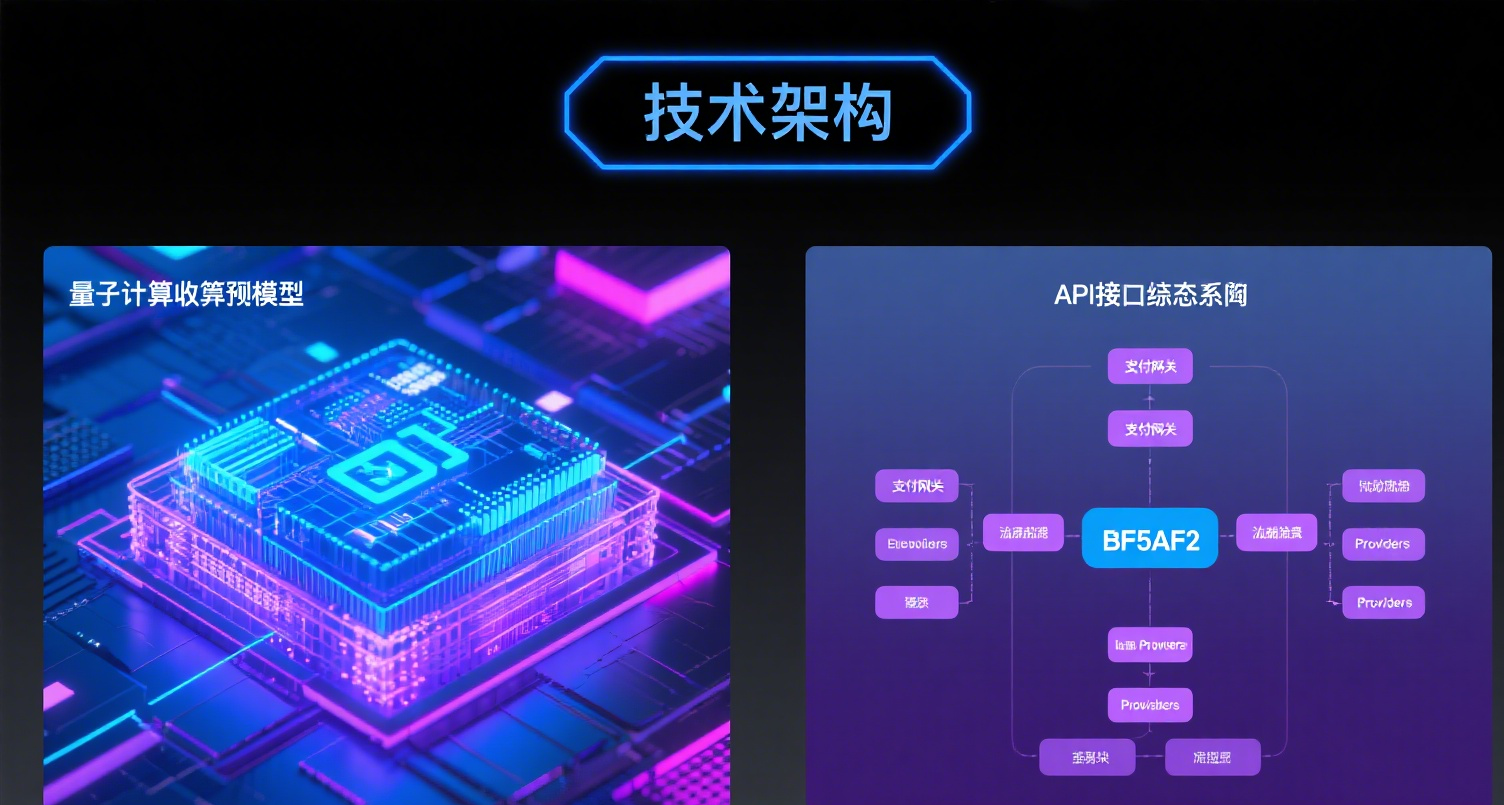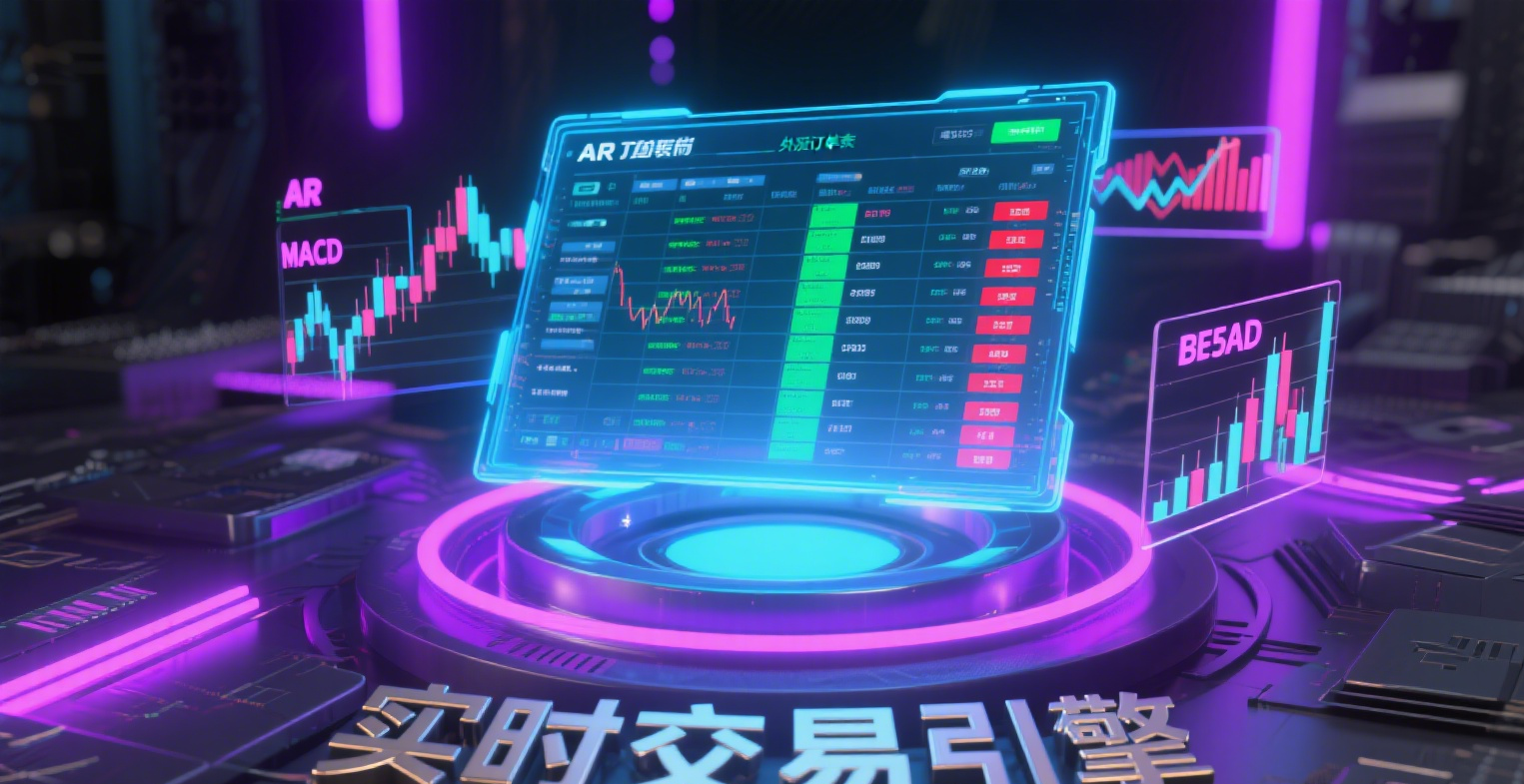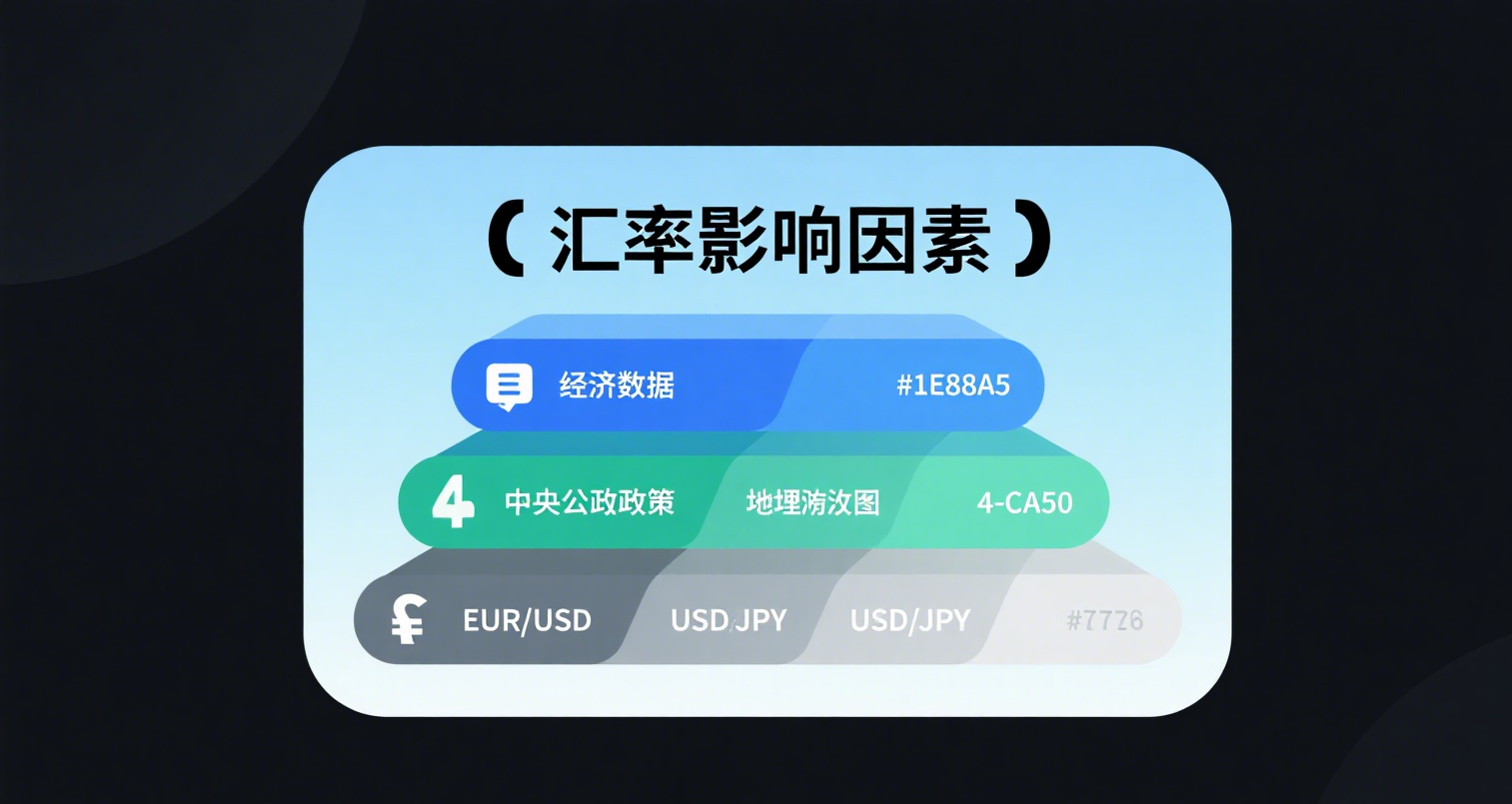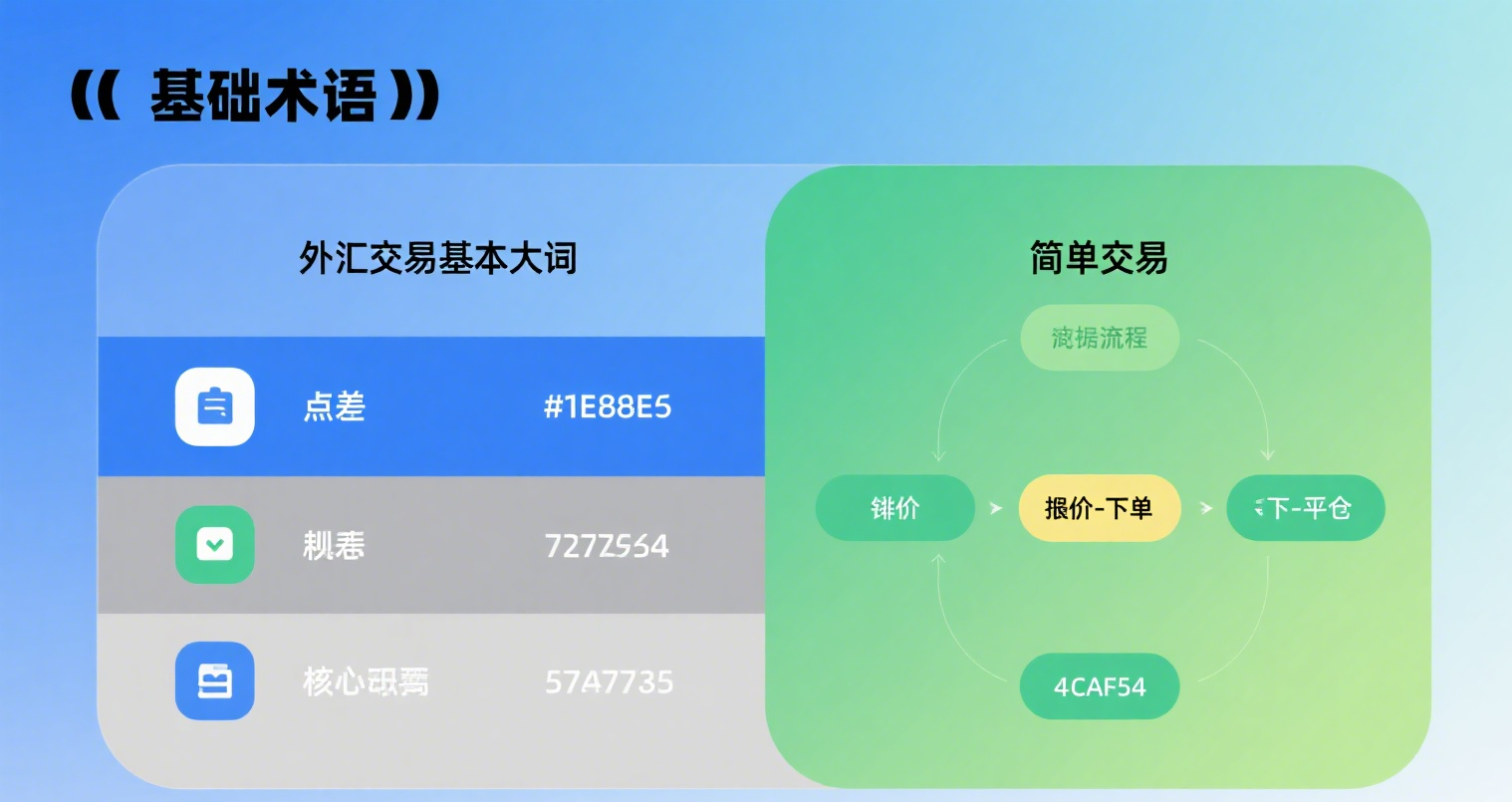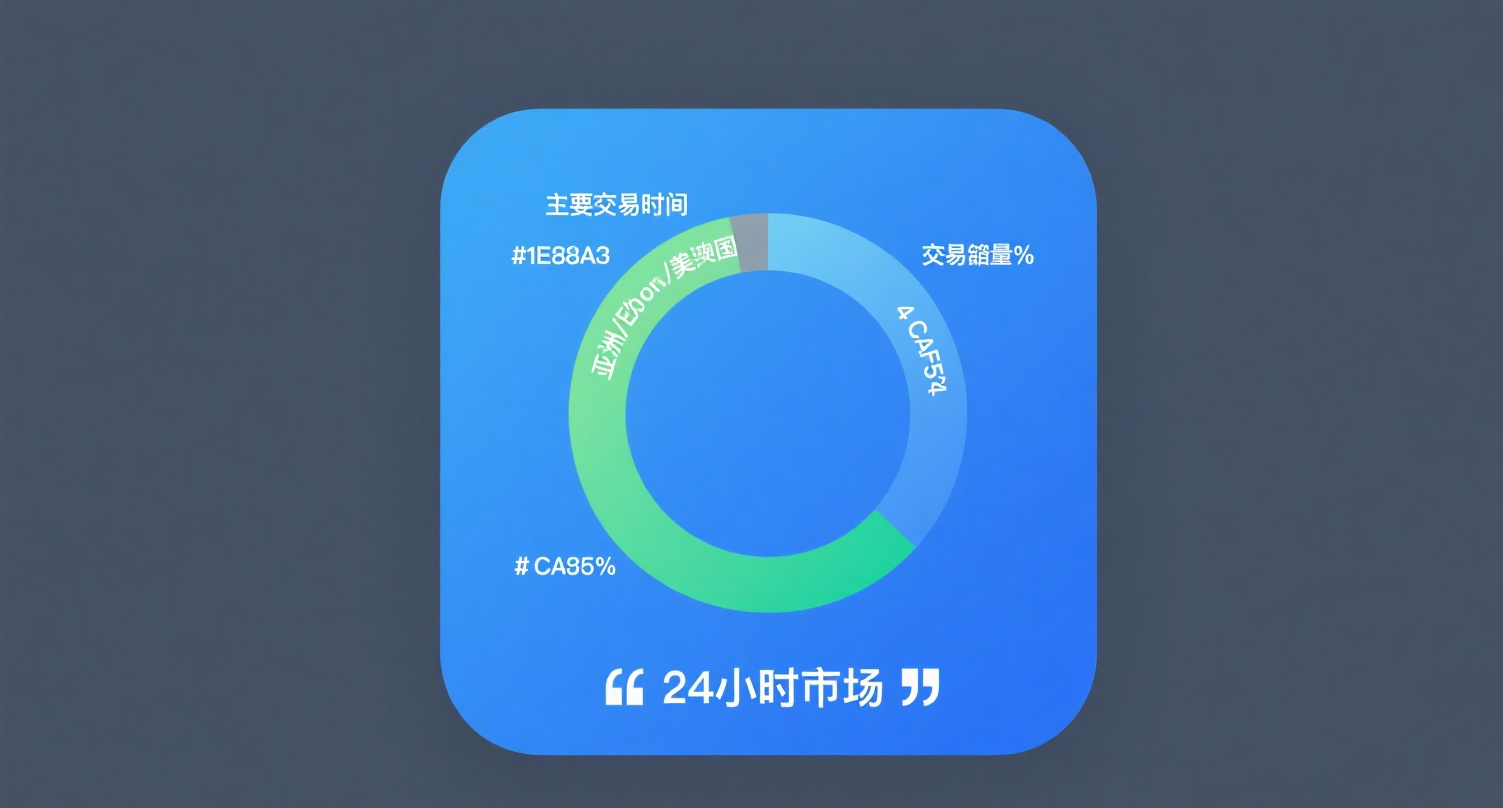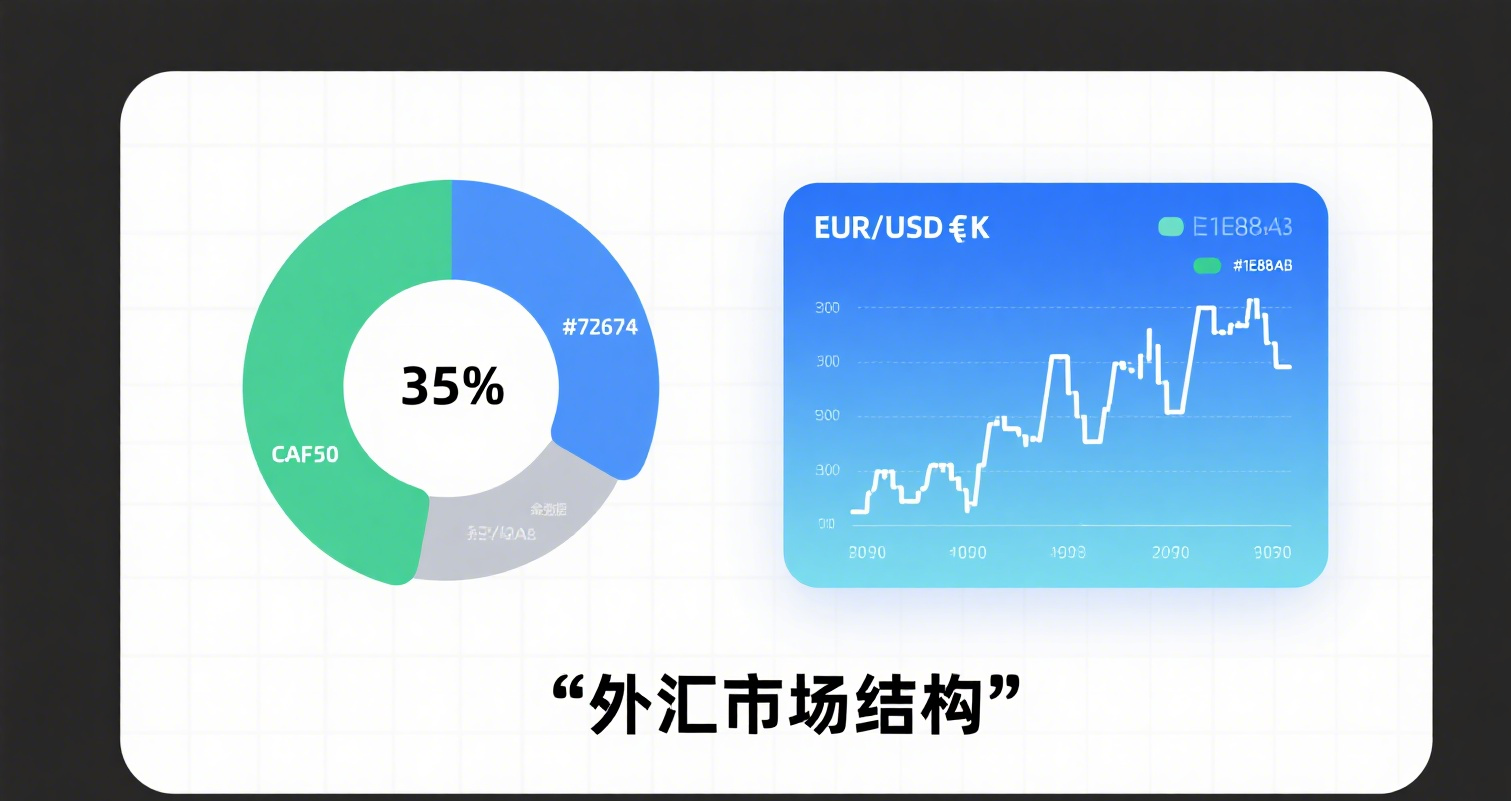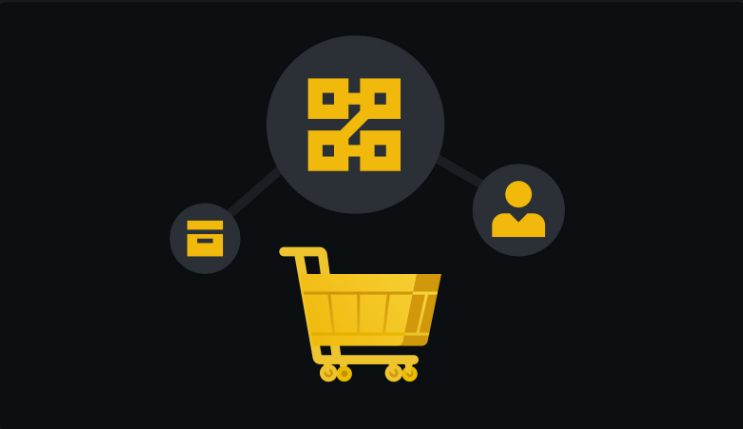
Introduction
A supply chain is a network of people and businesses involved in the production and distribution of a specific product or service, extending from the original supplier to the end user or customer. A basic supply chain system typically includes food or raw material suppliers, manufacturers (processing stage), logistics companies, and end retailers.
Currently, supply chain management systems generally lack efficiency and transparency, with most networks struggling to integrate all participating parties. Ideally, products, materials, funds, and data should flow freely and unimpeded at every stage of the supply chain.
However, the current model makes it difficult to maintain system efficiency and stability. This not only weakens corporate profitability but also affects the final retail price.
In 2020, the outbreak of the COVID-19 pandemic brought these issues back to the forefront, and in a more severe form. Due to restrictions imposed by various countries, the time required for goods transportation significantly increased. While ordinary consumers waited anxiously, they also became aware of the problems in the "supply chain."
Blockchain technology offers new methods for recording, transmitting, and sharing data, which can address some of the most pressing issues in supply chains.
Benefits of Applying Blockchain Technology in Supply Chains
Blockchain employs a distributed system, making the recorded data difficult to tamper with or falsify, making it highly suitable for building supply chain networks. A blockchain consists of a series of interconnected data blocks. These blocks are linked through cryptographic technology. Without the agreement of all nodes in the network, the stored data cannot be altered.
The blockchain system provides a secure and reliable architecture for transmitting information. This technology is commonly used to record cryptocurrency transactions, but its applications are not limited to that. It can safeguard various types of digital data, and applying it to supply chain networks can bring numerous benefits.
Transparent and Immutable Records
Imagine several companies and institutions collaborating. They can use a blockchain system to record location and ownership data related to materials and products. As resources move between companies, all supply chain members can access the relevant information. Since the data records cannot be altered, the responsible party becomes obvious when issues arise.
Cost Reduction
The inefficiencies in supply chain networks result in significant waste. This issue is particularly prevalent in industries dealing with perishable goods. Improving logistics tracking capabilities and data transparency can help companies identify the sources of waste and take measures to reduce costs.
Using blockchain can also eliminate fees associated with moving funds in and out of bank accounts and payment service platforms. These fees reduce profit margins, so cutting such costs is equally important.
Creating Interoperable Data
The most prominent issue in current supply chains is the inability to integrate data from every partner in the process. Blockchain adopts a distributed system architecture with a unique and transparent data repository. Each node (each party) in the network can add new data and verify its integrity. This means all relevant parties can access all information stored on the blockchain. In other words, one company can easily verify the information released by another.
Replacing Electronic Data Interchange
Many companies rely on Electronic Data Interchange (EDI) systems to send business information, but this is often done in batches rather than in real-time. If goods are lost or prices change drastically, other participants in the supply chain only learn about it during the next EDI exchange. With blockchain, information can be updated promptly, quickly notifying all relevant entities.
Digital Agreements and Document Sharing
Regardless of how documents are shared across the supply chain, ensuring the uniqueness of authentic documents is crucial. Necessary documents and contracts can be linked to blockchain transactions and digital signatures, allowing all parties to access the original versions of agreements and documents.
Blockchain ensures that documents cannot be easily tampered with, and agreements can only be altered with the consensus of all participating parties. This way, business leaders can reduce the time spent handling paperwork with lawyers or negotiating at the table, focusing instead on developing new products or driving business growth.
Improving Product Quality
With blockchain technology, companies can track product quality throughout the entire process, identifying and destroying defective items faster and more efficiently. Consumers benefit from this, as the likelihood of receiving substandard products decreases. Since partners can promptly detect and address issues, companies are more motivated to focus on producing high-quality goods.
Challenges of Applying Blockchain Technology in Supply Chain Management
Although blockchain technology has significant potential in the supply chain industry, there are still challenges and limitations that cannot be ignored.
Deploying New Systems
Systems specifically designed for corporate supply chains may not be compatible with blockchain-based environments. Overhauling a company's infrastructure and business processes is a major undertaking that could disrupt operations and divert resources from other projects. Therefore, upper management may hesitate to approve such investments until other major players in the industry widely adopt blockchain.
Convincing Partners
Applying blockchain technology also requires the support of supply chain partners. Even if blockchain only covers part of the supply chain processes, companies can still benefit. However, if other parties refuse to cooperate, the full advantages of the technology cannot be realized. Additionally, not all companies are eager to increase transparency.
Change Management
Once a blockchain-based system is in place, companies must promote it among employees. Change management plans should educate employees on blockchain concepts, how blockchain affects their responsibilities, and how to work with the new blockchain-based system. Follow-up training programs can introduce new features and innovations in blockchain technology, but this requires time and resource investments.
Conclusion
Several major companies in the supply chain industry have already begun adopting blockchain-based distributed systems and deploying resources for promotion. For example, the IBM Food Trust platform uses blockchain technology to enhance transparency in food supply chains. In the future, global supply chain platforms will likely leverage blockchain technology to simplify the process of information sharing among companies regarding the flow of products and materials.
From production and processing to logistics and accountability, blockchain technology can transform how businesses operate in many ways. Every event can be recorded and verified, becoming a transparent and immutable record. Therefore, using blockchain in supply chain networks holds the promise of solving the inefficiencies commonly found in traditional management models.







